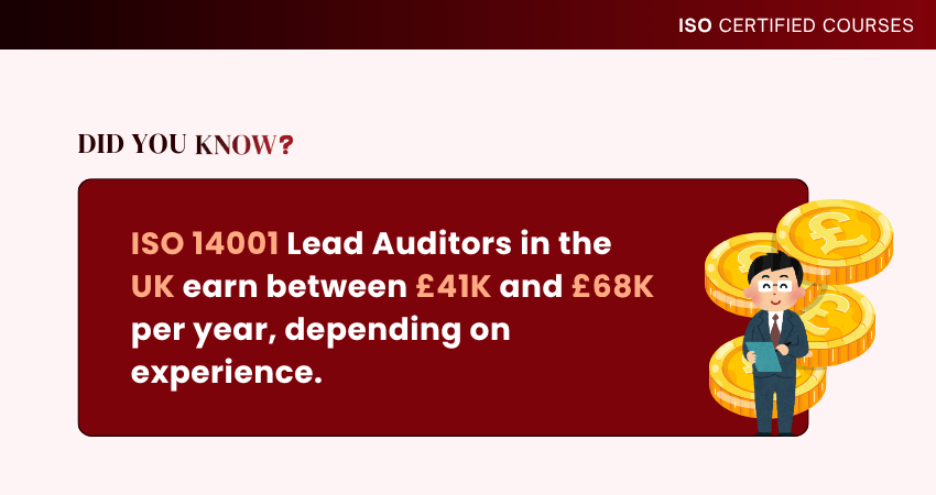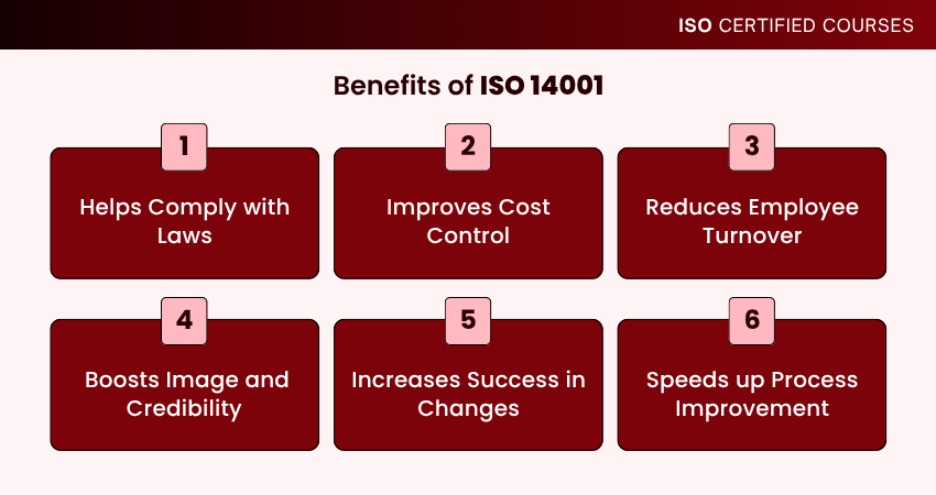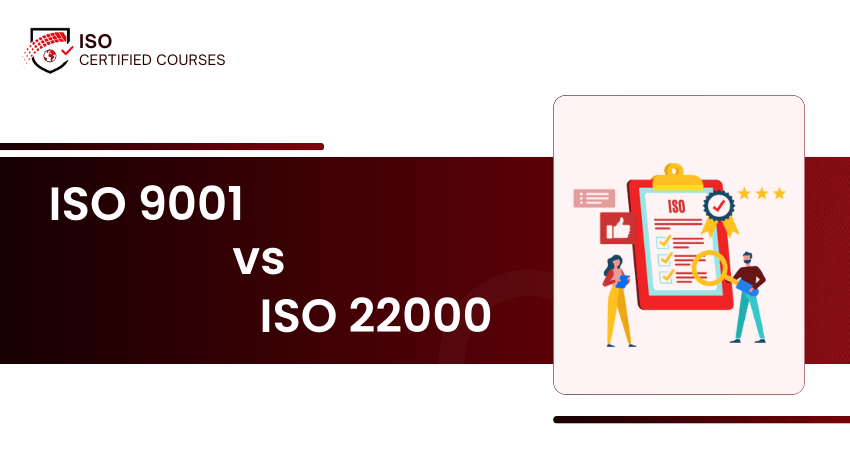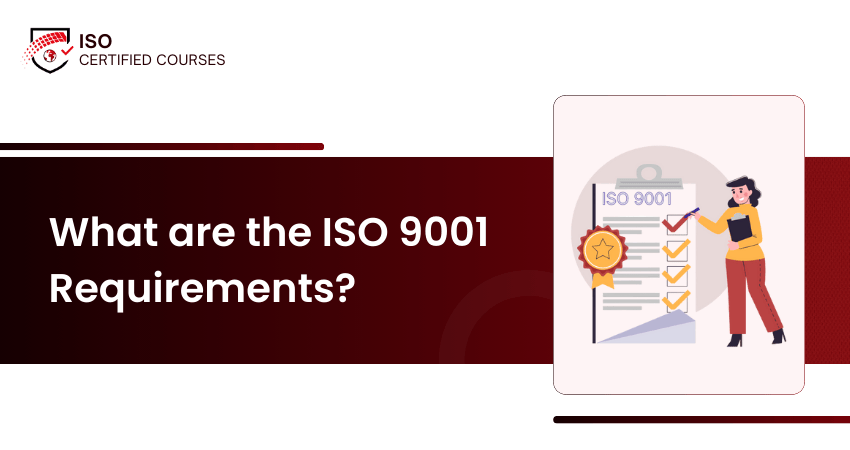ISO 14001 is your company’s roadmap to a greener and more sustainable future. It is a revolutionary standard that helps businesses lower waste, conserve resources and reduce their environmental impact. Understanding this standard is the first stage in becoming an eco-friendly leader in the modern world.
By adopting ISO 14001, businesses can make an effective Environmental Management System (EMS) that leads to sustainability and improves operational efficiency. In this blog, we’ll explore What is ISO 14001, its importance, how it works, its benefits and real-life examples.
Table of Contents
1) What is ISO 14001?
2) Why is ISO 14001 Important?
3) How ISO 14001 Works?
4) Benefits of ISO 14001
5) ISO 14001 Examples
6) Conclusion
What is ISO 14001?
ISO 14001 is an international standard that helps businesses manage how they affect the environment. It gives rules and guidance for setting up an Environmental Management System (EMS) to reduce waste, save energy, and prevent pollution. Any business, big or small, can use it to work in an eco-friendly way.
This standard helps companies plan, monitor, and improve how they manage environmental matters. It covers areas like using fewer natural resources, following environmental laws, and handling waste better. The aim is to help businesses make responsible decisions that protect the environment while also improving how they operate.
Why is ISO 14001 Important?
The world faces major environmental issues like climate change and resource loss. ISO 14001 helps businesses reduce their impact and work more sustainably. Here are the key reasons why ISO 14001 is important:
1) Helps businesses take action on environmental problems
2) Reduces waste, saves energy, and lowers costs
3) Improves a company’s image with customers and staff
4) Builds trust and encourages international business
5) Shows commitment to both growth and the planet
Gain skills to improve your organisation’s environmental performance. Join our ISO 14001 Internal Auditor Training now!
How ISO 14001 Works?
ISO 14001 helps businesses manage their environmental impact through a clear and structured process. It follows the Plan-Do-Check-Act (PDCA) cycle, allowing continuous improvement in environmental performance. Here’s how it works in simple steps:

1) Set Goals: Identify what environmental areas need improvement, such as reducing energy use or lowering emissions.
2) Make a Plan: Develop a clear plan to achieve these goals, including actions, timelines, and responsibilities.
3) Take Action: Put the plan into action and make the necessary changes in operations or practices.
4) Check Progress: Monitor results regularly to see if goals are being met and collect data on performance.
5) Make Improvements: Review findings and make improvements to enhance environmental outcomes further.
6) Get Certified: An independent third party audits the system and grants certification if it meets ISO 14001 requirements.
Gain expertise in assessing Environmental Management Systems with our ISO 14001 Lead Auditor Course now!
Benefits of ISO 14001
Here, ISO 14001 is an international standard that can give many benefits to small and medium-sized businesses. The benefits of ISO 14001 include:

1) Helps you Comply with Legal Requirements
1) It ensures businesses understand environmental laws and regulations
2) It helps avoid fines and stay within the law
3) It lowers the risk of disputes and legal penalties
2) Improves Cost Control
1) It reduces waste and improves efficiency
2) It helps businesses save money and increase profits
3) It promotes long-term savings through smarter resource use
3) Reduces Employee Turnover
1) It creates a positive and responsible workplace culture
2) It helps employees feel proud of their company’s values
3) It improves employee engagement and job satisfaction
4) Improves Image and Credibility
1) It can make a better reputation by taking care of the environment
2) It invites more customers and makes a difference in the market
3) It strengthens relationships with investors who give value for sustainability
5) Higher Rate of Success When Implementing Changes
1) It provides a clear and clean system for making changes
2) It helps businesses track progress and achieve goals
3) It promotes a more structured method for continuous improvement
6) Quicker Process Improvement
1) It identifies areas for improvement early
2) It helps drive faster, more efficient operational changes
3) It allows businesses to stay flexible and respond to change quickly
ISO 14001 Examples
ISO 14001 has helped many organisations around the world improve their environmental performance. Here are two examples that show how the standard works in real life:
1) Manufacturing Company Reduces Waste
A medium-sized electronics manufacturer used ISO 14001 to improve how they manage waste in their factories. They reviewed their production process, identified where materials were being wasted, and introduced recycling stations. As a result, they reduced waste going to landfill by 40% and saved money on raw materials.
2) Hotel Chain Saves Energy
A well-known hotel group used ISO 14001 to cut down on its energy use. They set a goal to reduce electricity across all branches, trained staff to turn off unused equipment, and installed energy-efficient lighting. Within a year, they lowered energy costs by 20% and reduced their carbon footprint significantly.
Conclusion
We hope our blog on What is ISO 14001 has helped you understand why this standard is important for any company focused on environmental success. It supports organisations in improving environmental performance, boosting sustainability, and reducing overall impact. By following its guidance for an effective Environmental Management System, businesses can enhance efficiency and build long-term environmental responsibility.
Learn Environmental Management with our ISO 14001 Foundation Course. Register now!
Search Smarter
Quickly search through our blog content for what interests you
No match found








































